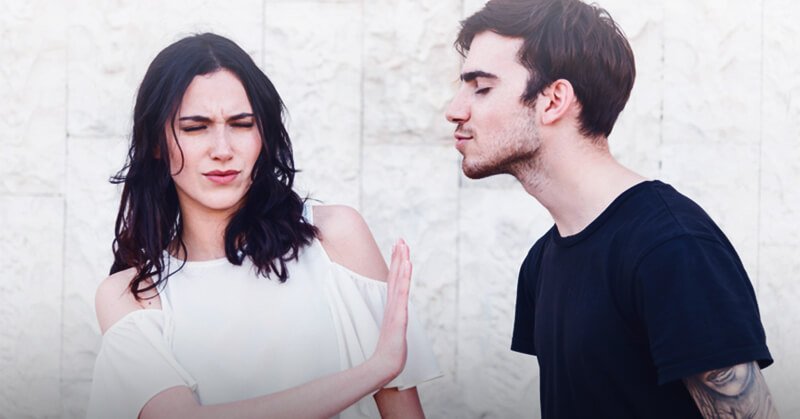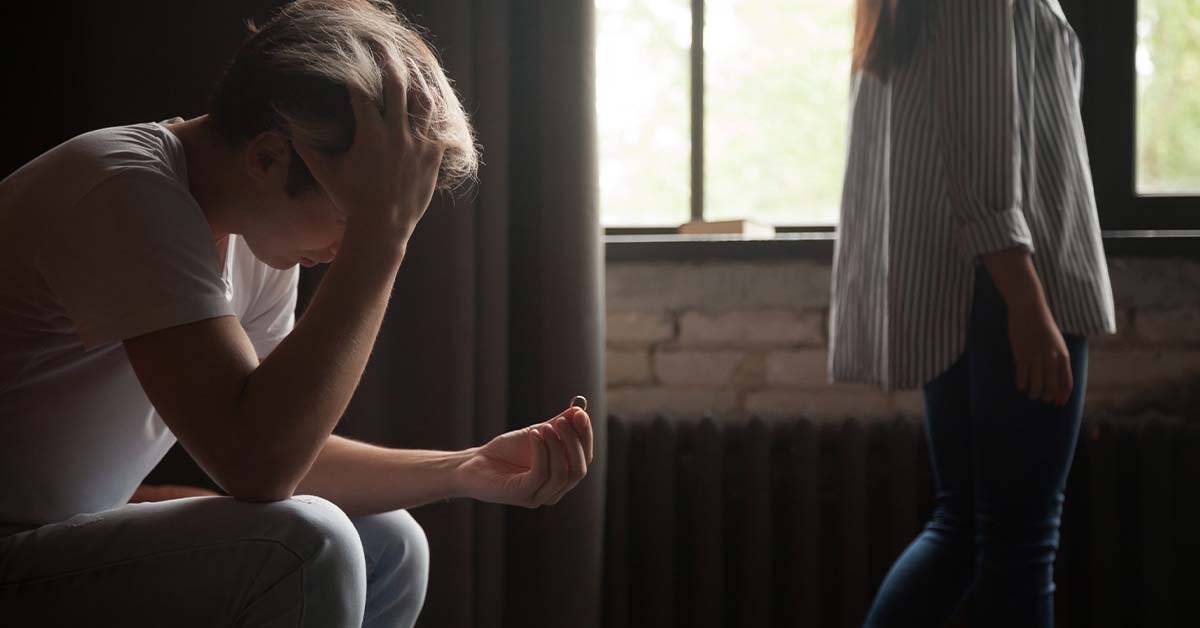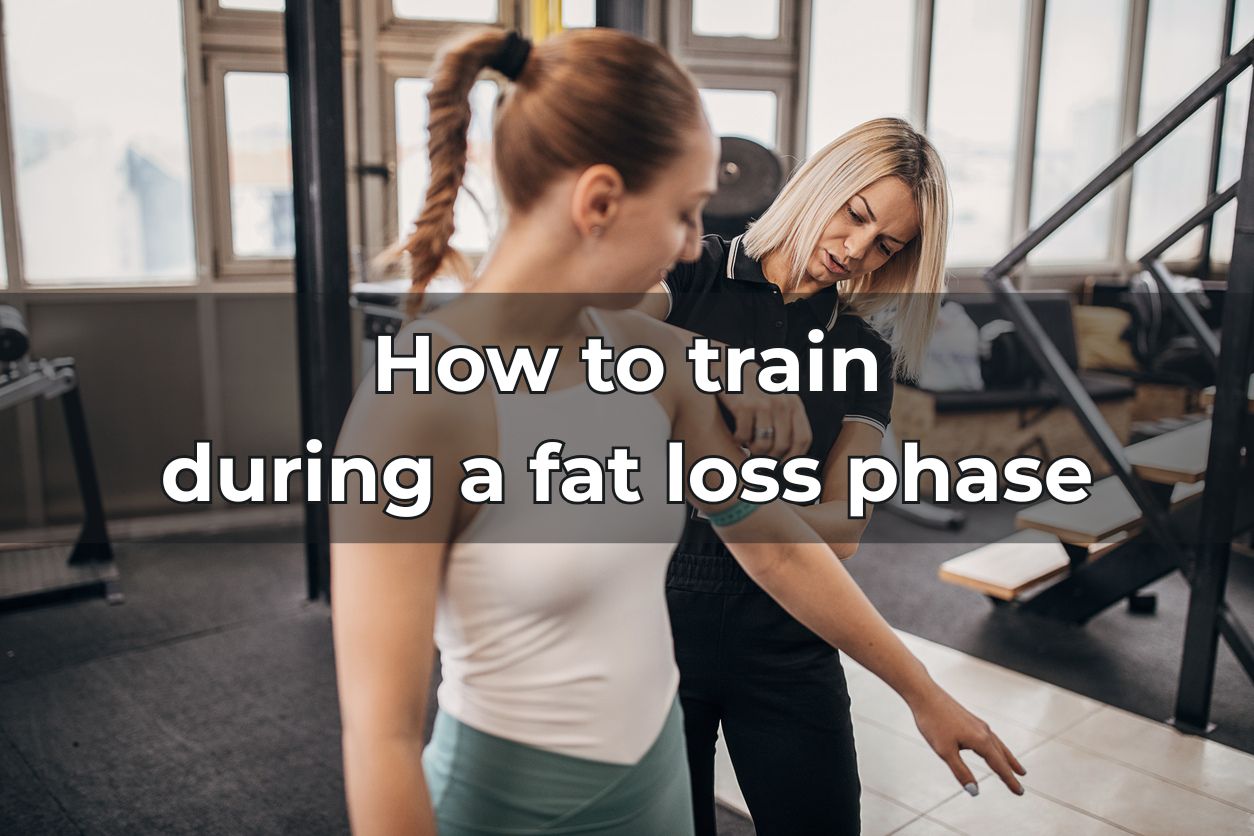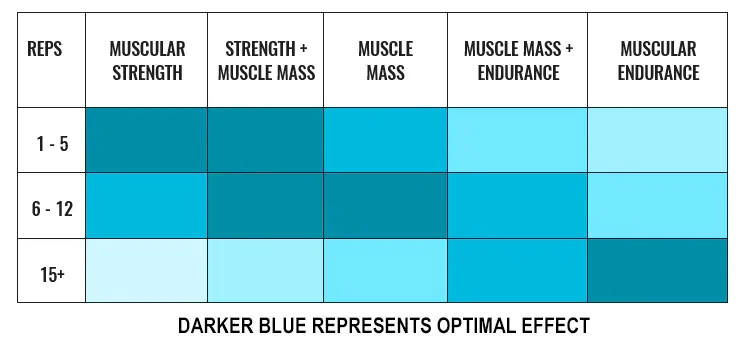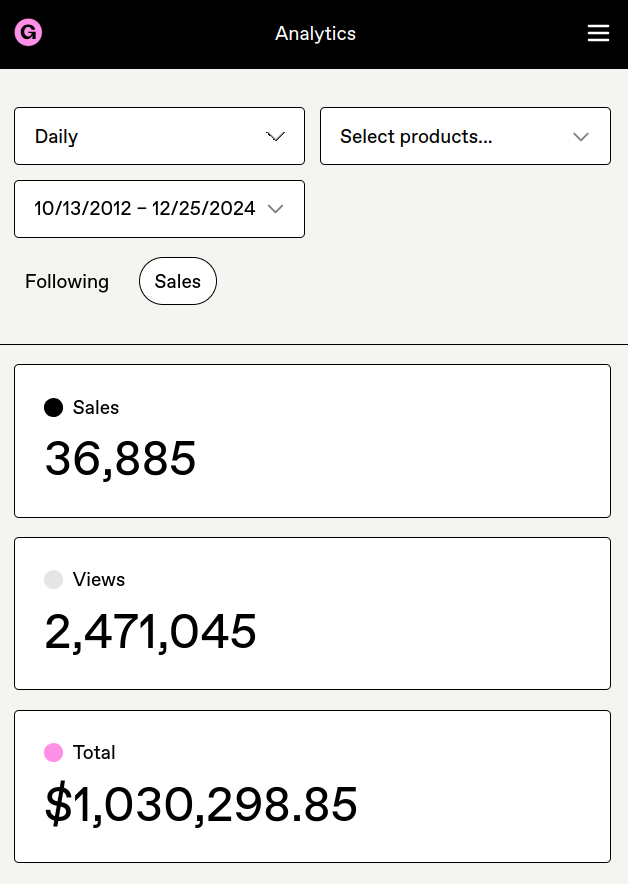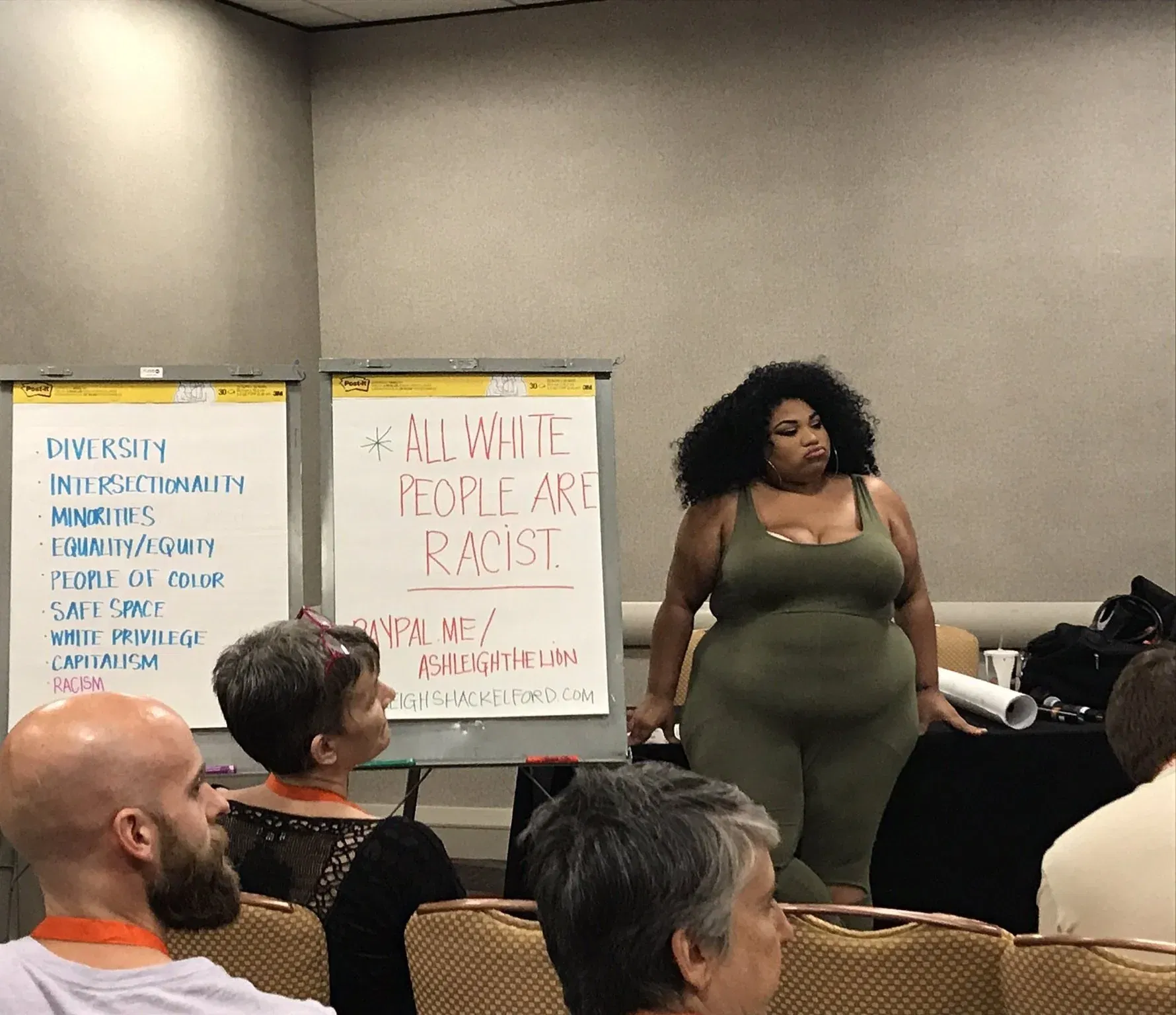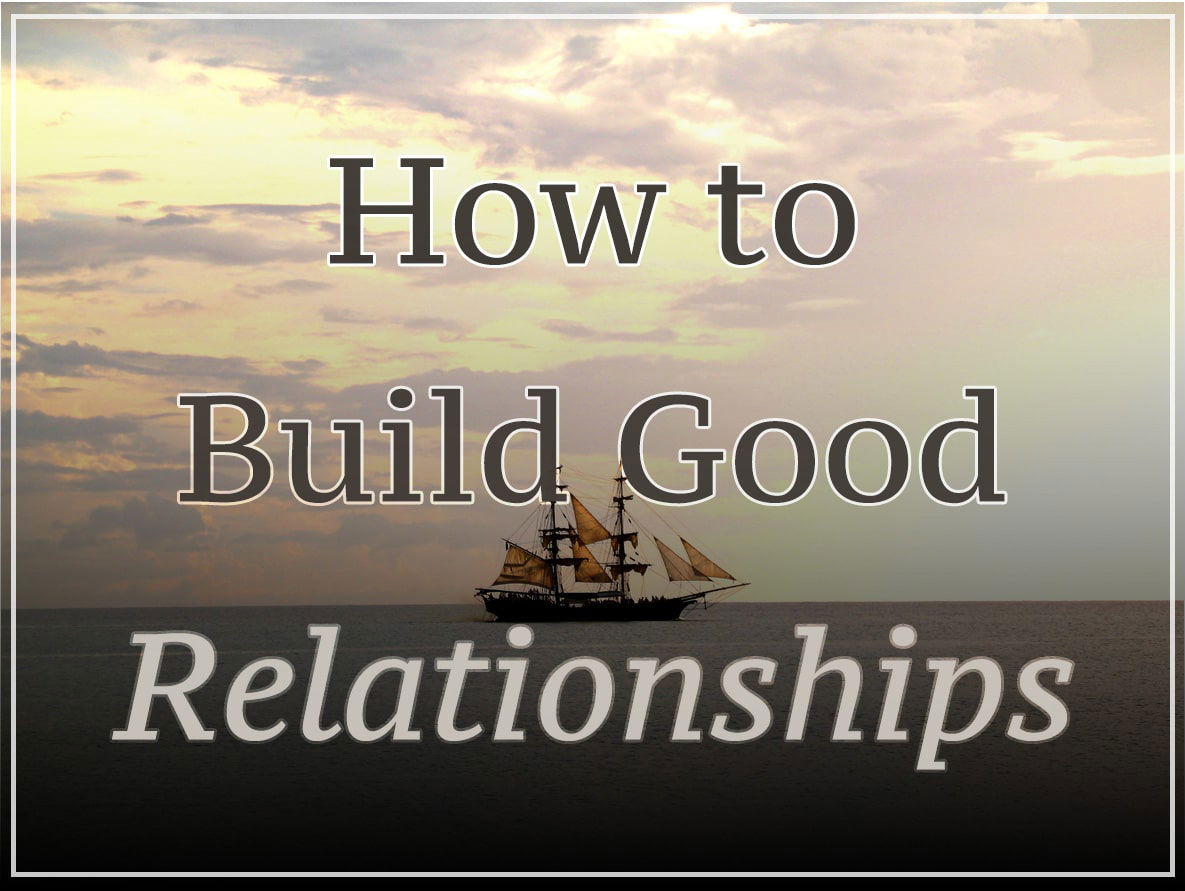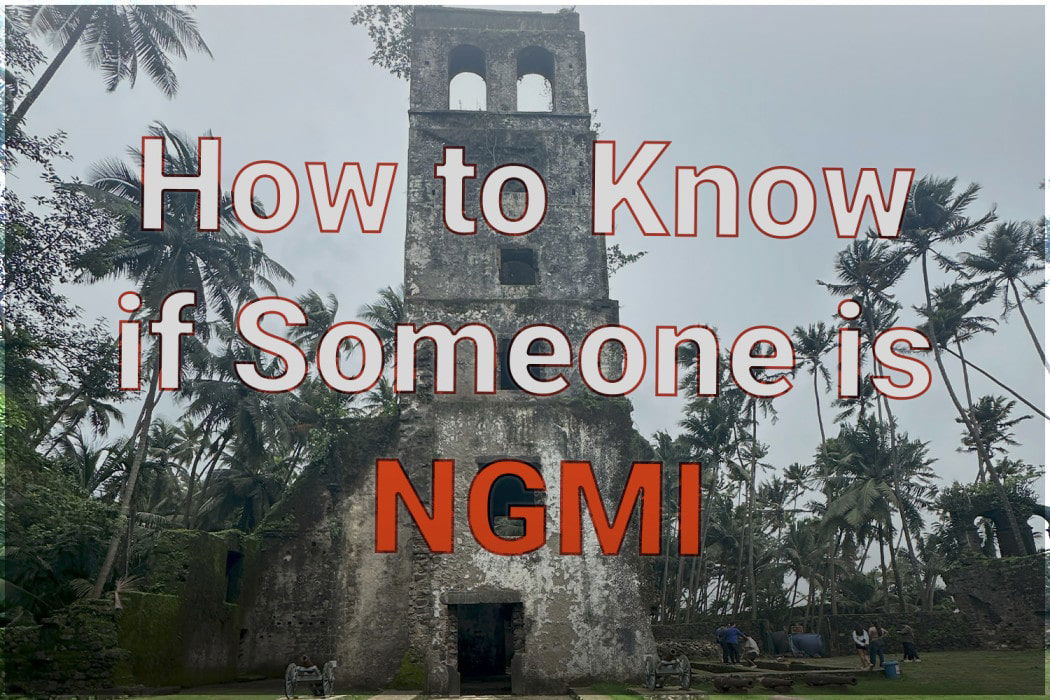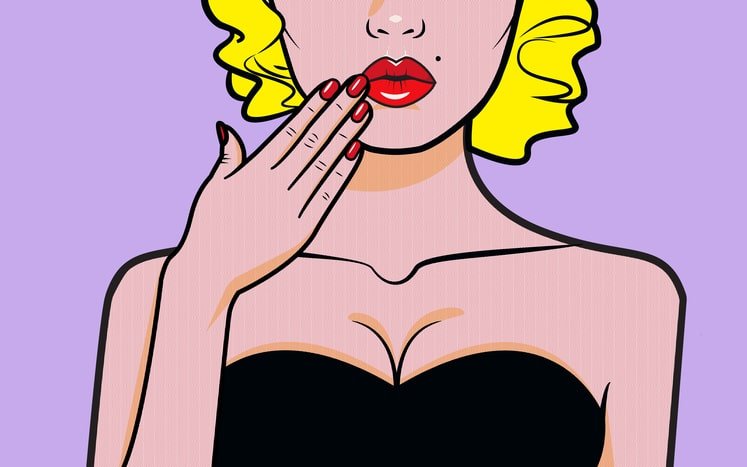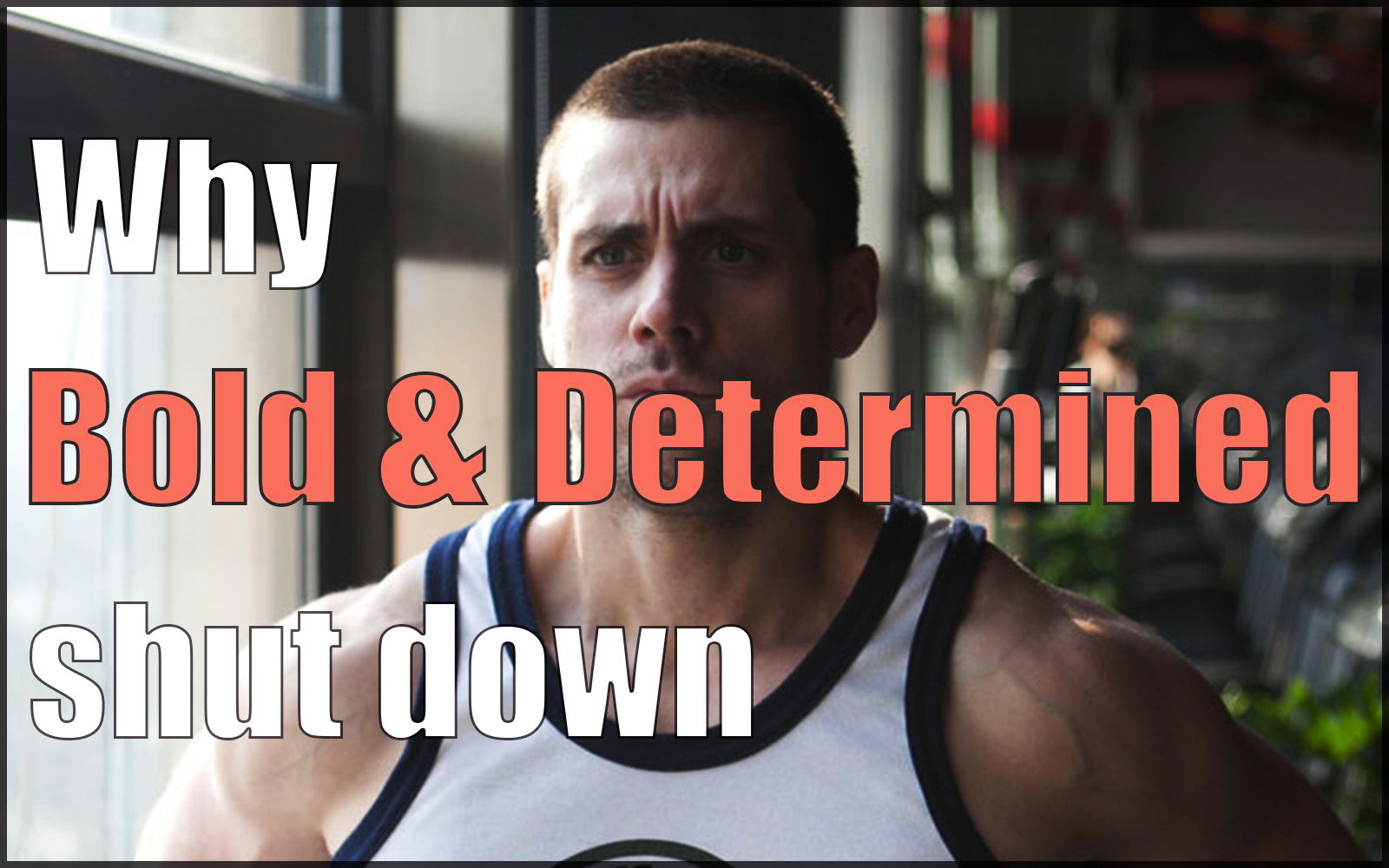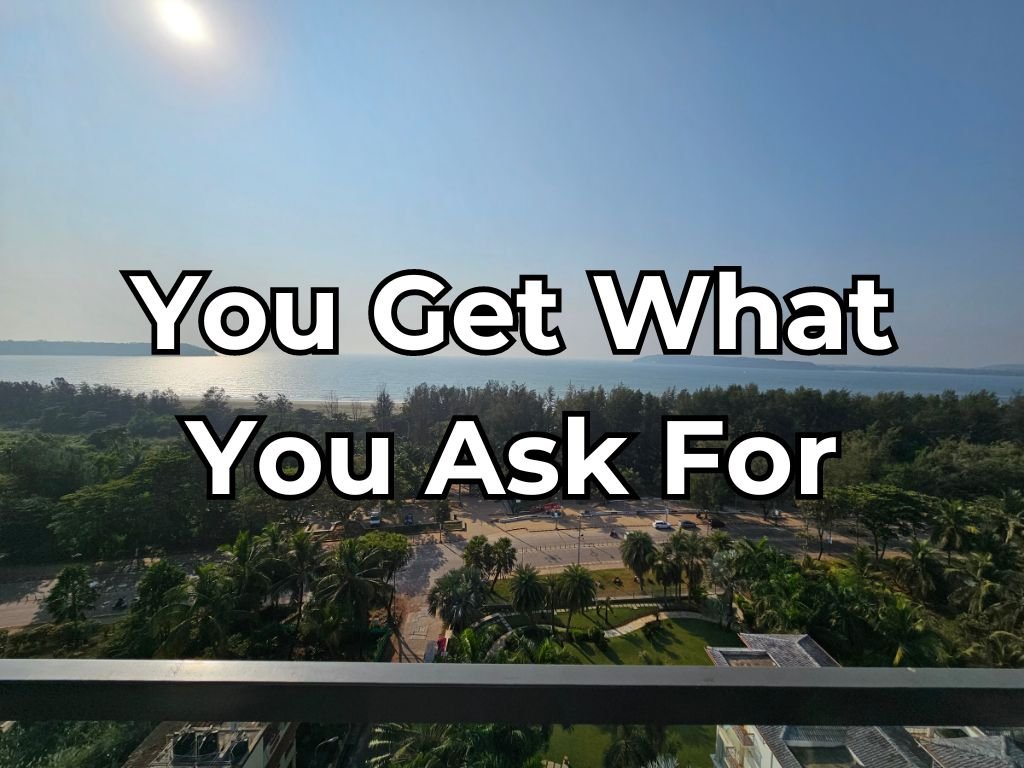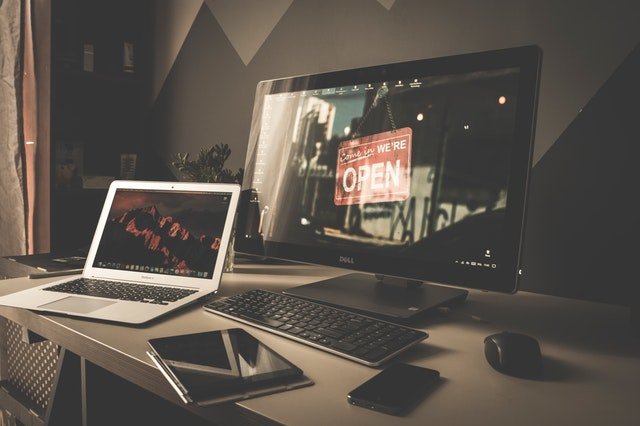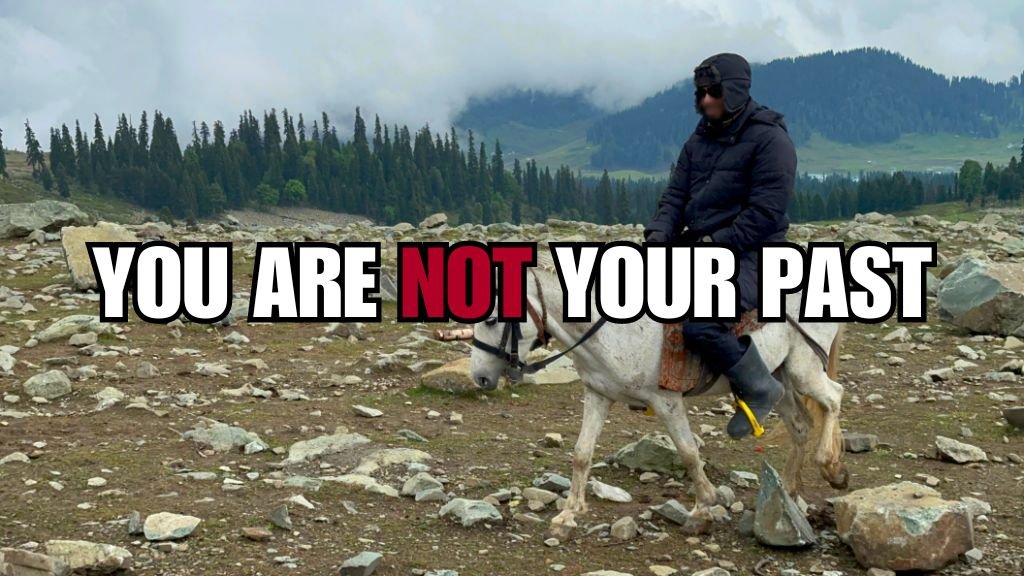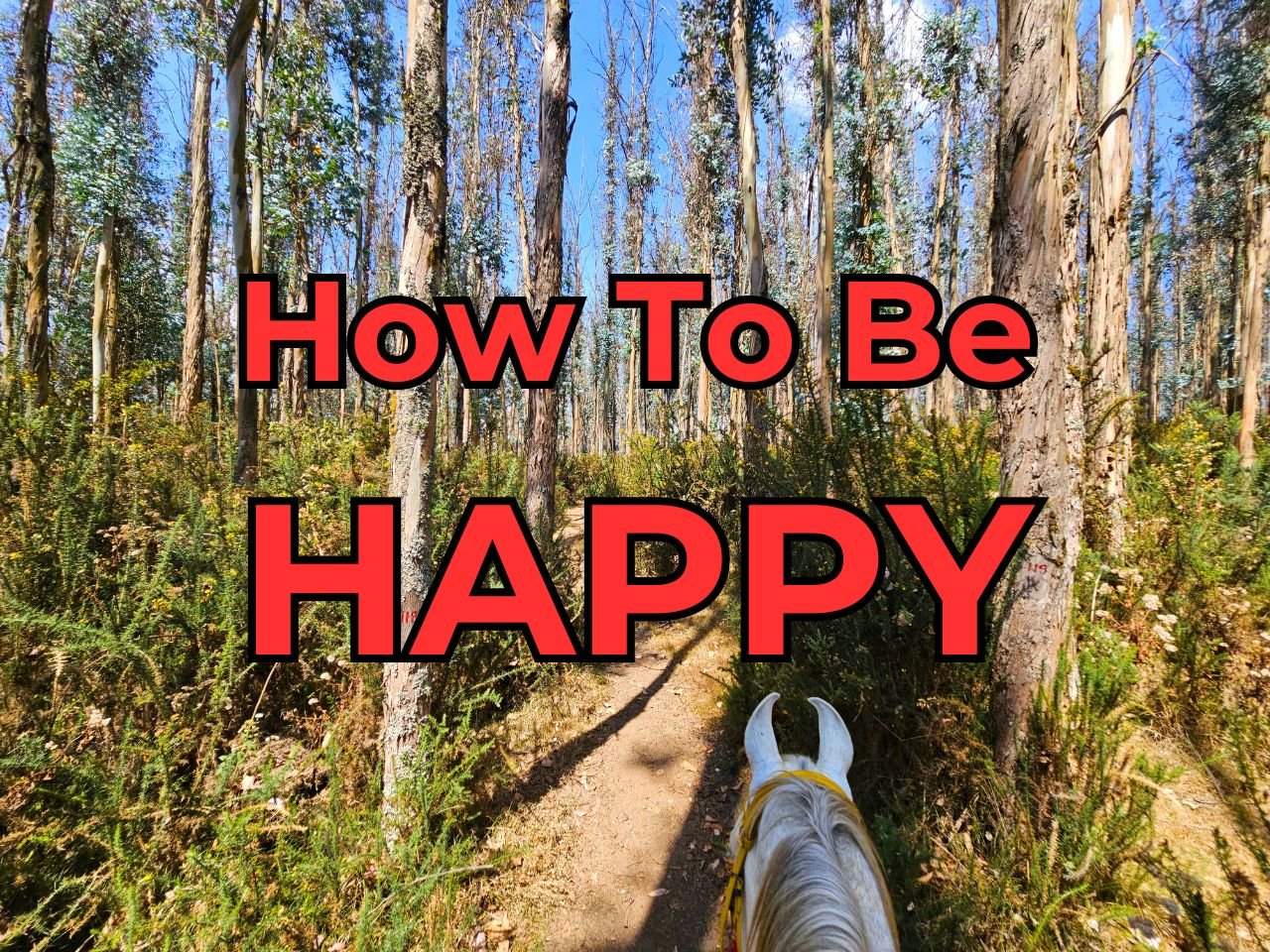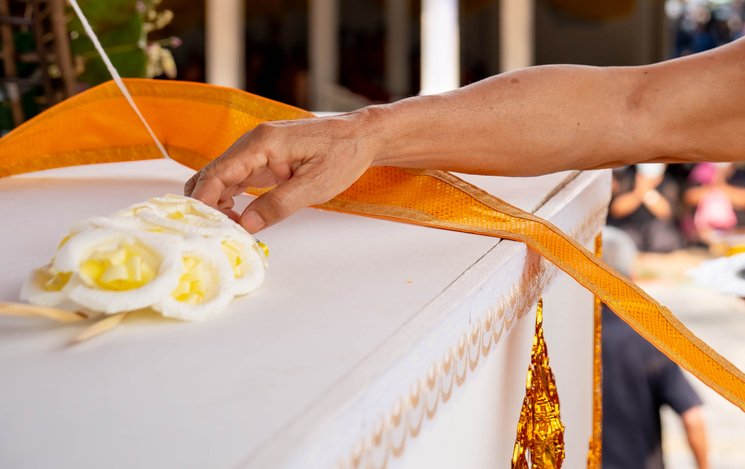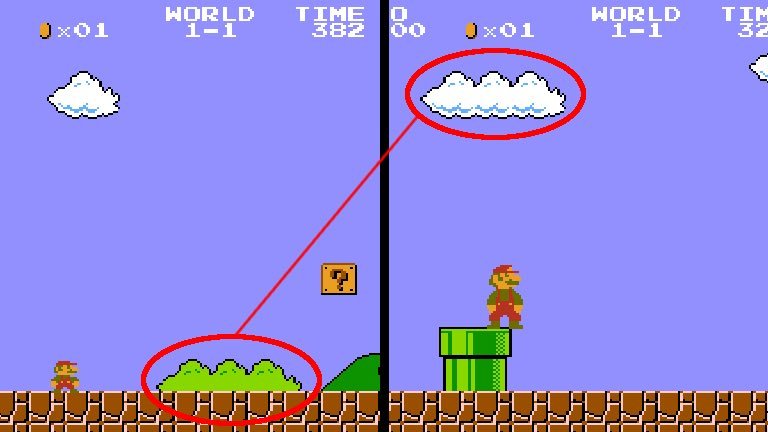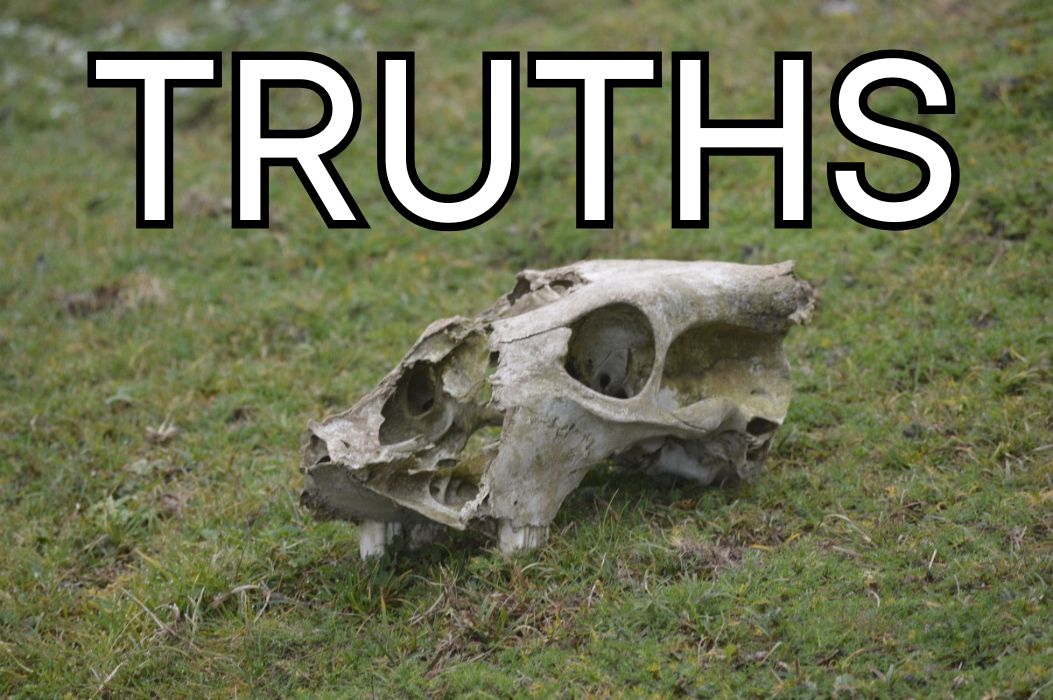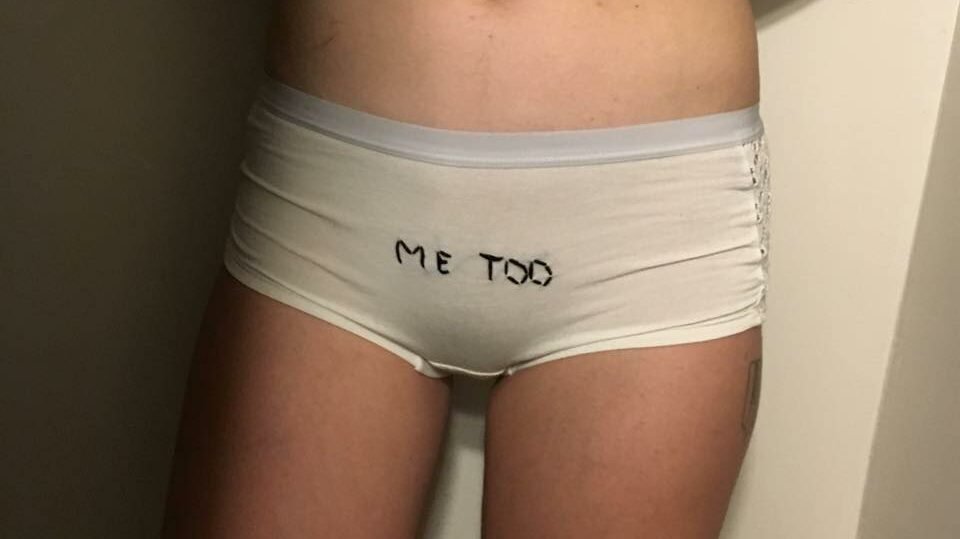I’ve noticed something: the vast majority of people don’t breathe correctly.
Their breaths are too shallow. For them, breathing is an activity of the chest.
Their chests protrude as they draw breath, not their stomachs. They breathe out before air can reach the depths of their lungs.
This deprives their bodies of oxygen and makes them feel tired all the time.
Do you feel tired after just sitting around? And, no I don’t mean mental exhaustion; I’m talking about physical exhaustion.
If yes, it could be because you aren’t breathing right.
Breathing improperly – too shallow – in the long term destroys your stamina, messes up your hormones, and puts a significant amount of stress on your vital organs.
It also impairs brain function, because your brain needs oxygen to function.
So how do you breathe correctly?
Diaphragmatic Breathing (aka Deep Breathing): This is a natural and relaxed form of breathing in all mammals. It occurs in mammals whenever they are in a state of relaxation, i.e. when there is no clear and present danger in their environment.
- Breathe deep into your stomach. You should be able to see your stomach protrude significantly.
- When you breathe out, release as much air as you can comfortably.

(This is a bit too deep to do unconsciously, but you get the point.)
Learn to meditate. Meditation helps improve your breathing technique when you’re not breathing consciously.
Improve your posture. Keep your shoulders back. This leaves more space for your lungs to suck up air.
[More visual aids from here]
Here’s what shallow breathing looks like:
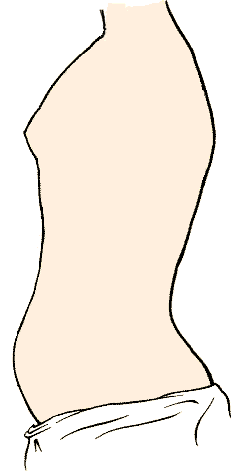
Notice that:
- The breath is short
- The chest is protruding, not the stomach.
This is because the rib muscles are primarily being used to draw breath, not the diaphragm and abdomen.
Most people who breathe shallowly do it throughout the day and are almost always unaware of the condition.
Air isn’t reaching deep in your lungs. This is how shallow breathing looks like from the inside:

This is how deep breathing, which is a natural and relaxed form of breathing in all mammals, or relaxed breathing, looks like:
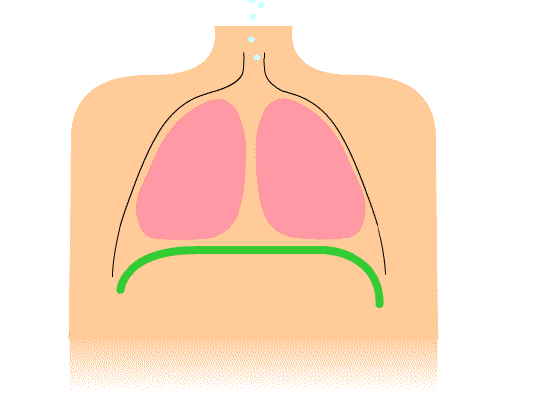
This is how you should breathe. Nice, deep and relaxed.
You’ll feel calm, energetic, and alert. This is due to the intense amount of oxygen you’re now getting.
In the long run, you should see significant strides in physical and emotional health (better breath = lower stress).
References:


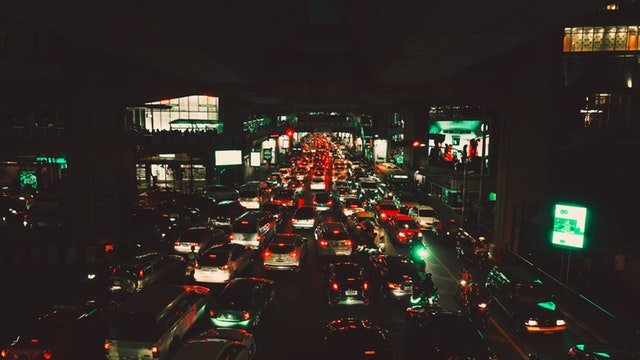







![Traits Women Find Attractive Traits Women Find Attractive (And How to Score Yourself) [PART 1: Physical Aspects]](https://lifemathmoney.b-cdn.net/wp-content/uploads/2025/11/Traits-Women-Find-Attractive-1.jpg)







